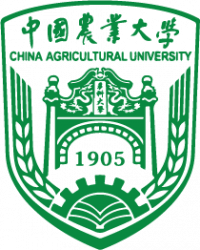Effective Wavelengths Selection of Hyperspectral Images of Plastic Films in Cotton
2016
书籍
Computer and Computing Technologies in Agriculture IX
下载全文

- 页码 519-527
- Springer International Publishing
- ISSN: 1868-4238
- ISBN: 9783319483566
- DOI: 10.1007/978-3-319-48357-3_48
